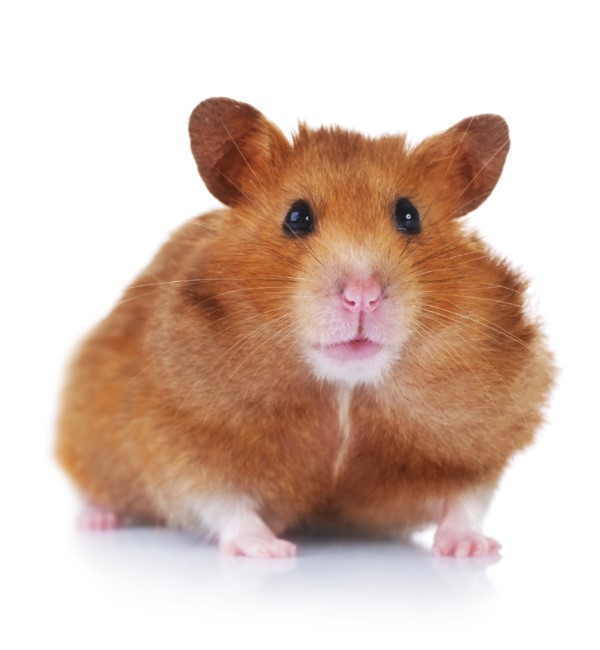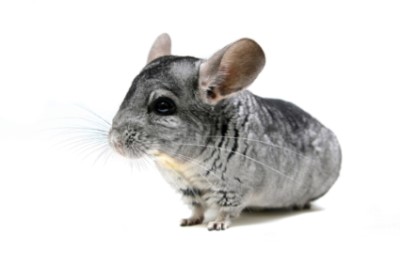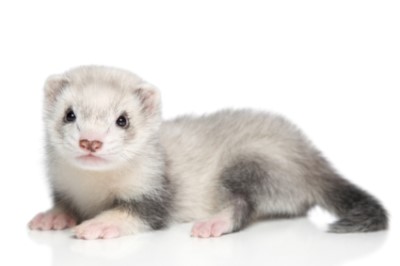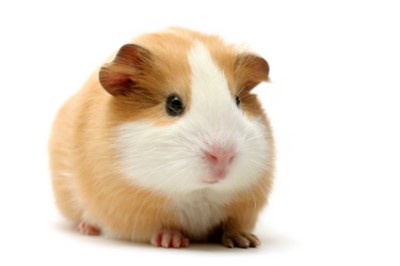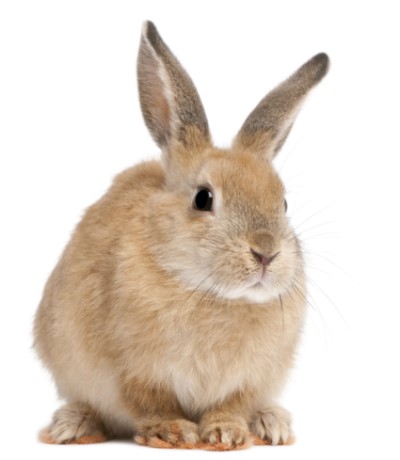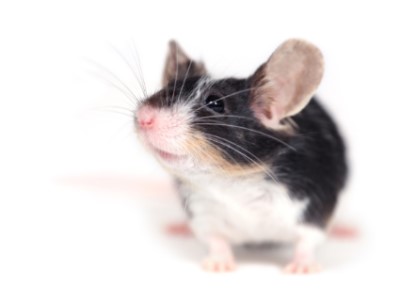Although there are about 24 species of hamsters, only five have made their way into the homes of American families:
· Syrian Hamster—the largest species at six to eight inches in length, and the most popular
· Campbell’s Hamster—the second most popular hamster, and the dwarf of the larger Campbell’s Russian Hamster
· Winter Whites—tend to cause more allergy responses from humans
· Roborovski—originally from the deserts of China, Mongolia, and Russia, and tend to be curious about everything
· Chinese Hamster—good climbers, but do not adapt well to extreme cold
Common Reasons for Surrender
Hamsters lose their homes for a variety of reasons, which are through no fault of their own. Sometimes the hamster is bought or adopted on impulse, the children get bored later on and their parents don’t have the time or the interest in caring for him. Other times hamsters are surrendered because a family member discovers she is allergic or the family moves to a new home that does not allow pets.
Pros
Like their human counterparts, hamsters are all individuals with their own personalities. Older hamsters are generally more laidback and friendly while younger hamsters might be a little more cautious and a lot more active.
Cons
You must supervise your children, especially young children, when around the hamster as hamsters can become easily frightened and injured. Hamsters are nocturnal and like to play and chew in their cage, which could be a problem for those who prefer silence at night. People mistakenly believe that hamsters are the ideal “starter pet.” In reality, hamsters can easily be injured and frightened by a small child. Because they are nocturnal, hamsters tend to make a lot of noise in their cages at night, which could bother a child with a cage in her room. Hamsters do make wonderful pets with children, provided younger children are supervised at all times. Before you adopt or purchase a hamster, consider whether you are ready to make a two-year commitment to caring for and loving the newest member of your family.
Diet
Hamsters should not eat food that contains corn, and seeds should be given in moderation to avoid weight gain. Generally, the hamster food you find in stores is not healthy enough for your hamster. Oxbow Healthy Handfuls is one of the healthiest options. Purina makes “lab blocks,” which provide good nutrition for hamsters.
Never feed your hamster treats sold in pet stores. Most contain food dyes, chemical preservatives, and a lot of sugar, none of which is good for a hamster. Instead, your hamster will enjoy vegetables, plain rice, mealworm, seeds (in moderation), boiled chicken, and scrambled eggs as a treat.
Exercise
Allow your hamster to exercise and play as much as he wants. Play yards or pens, which can be purchased online or at many pet stores, allow a larger space for a hamster to safely and happily run around and play. (Ensure any play area is secured so your hamster doesn’t escape.)
Possible Health Issues
Hamsters housed in overcrowded conditions and those who deal with extreme stress often suffer from wet tail, a highly contagious disease. Symptoms of wet tail include diarrhea, lethargy, and a lack of an appetite. Wet tail generally affects young hamsters and, even when taken to a vet early in the disease, many hamsters die. Hamsters may also be prone to upper respiratory infections, which need immediate veterinary attention. Abscesses may also develop from wounds that may occur when two hamsters fight.
Housing
Your hamster will need large enough housing to give him room to run and to burrow. Avoid a starter kit. It simply will not be big enough. You have three options for housing your hamster: A ten-gallon aquarium, a wire cage, and the habitrail cage. The ten-gallon aquarium, which is typically very easy to clean, must be secured with a lid to ensure your hamster doesn’t escape. While acceptable, it doesn’t provide as much ventilation as the other two options.
You will have plenty of wire cage sizes from which to choose. Some people even house their hamsters in rabbit cages. When opting for a large cage, be sure your hamster can’t squeeze between the bars. The habitrail cage is one of the most popular, but is not sufficient space for a Syrian hamster. Another con is you’ll have difficulty cleaning the habitrail.
Litter
The best type of litter, or bedding, for a hamster is paper-based, such as Care Fresh. The odorless Aspen bedding is another popular option for hamsters. Avoid any cedar and pine litter and bedding for your hamster. Both are toxic and can harm your hamster’s breathing passages and his eyes.
Entertainment
Your hamster will have a lot of energy for a little animal, especially at night, and will need toys to keep him entertained. Most hamsters enjoy running in a wheel in their cage. Wodent Wheels, the only wheel for hamsters recommended by the ASPCA, are the best option. Avoid using wire wheels as they can hurt your hamster’s feet.
Plastic balls are also a popular toy for some hamsters. Not all hamsters like them, however, so make sure your hamster likes the ball before you keep putting him in it to run around. Limit the time in the ball to 15 minutes or less each or else you risk your hamster becoming dehydrated. Always supervise your hamster when he’s running as the ball can sometimes become stuck between furniture. You may want to consider putting a small piece of tape over the door as doors do have the tendency to fall open.
We want to thank North Jersey Guinea Pig and Hamster Rescue for help with this profile.
